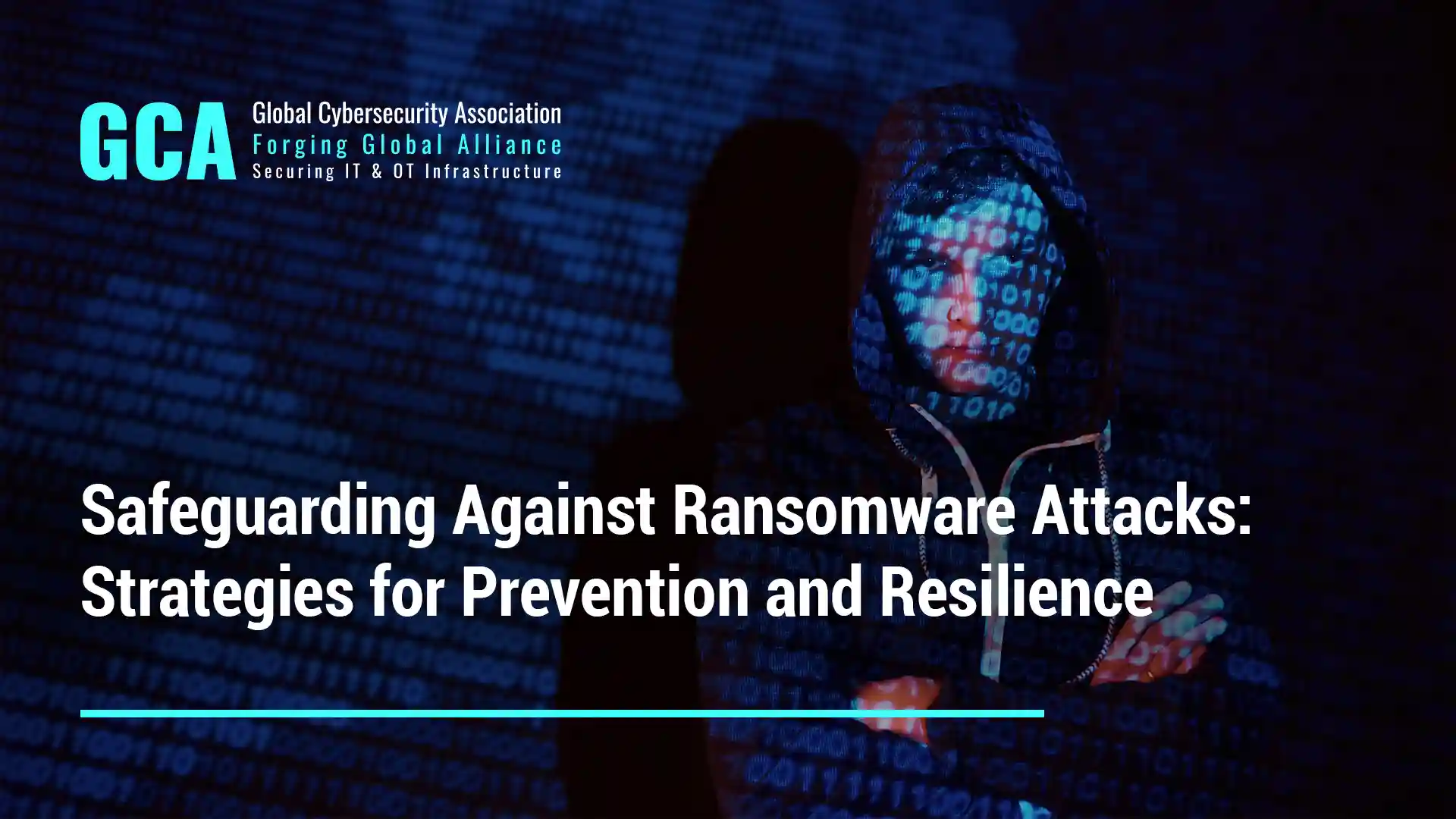Introduction:
Ransomware attacks have emerged as one of the most prevalent and concerning cybersecurity threats in recent years. These malicious attacks often carried out through malware infiltration, can wreak havoc on organizations of all sizes and industries.
It is imperative for businesses to proactively adopt effective prevention strategies and build resilience against ransomware.
In this blog, we will delve into the nature of ransomware attacks, explore the potential consequences, and provide actionable insights to protect your organization against this ever-evolving threat.
Understanding Ransomware Attacks:
Ransomware attacks involve the encryption of critical data, making it inaccessible until a ransom is paid. These attacks typically leverage sophisticated techniques like phishing emails, compromised websites, or software vulnerabilities to gain unauthorized access.
Once inside a system, ransomware rapidly spreads, encrypting files across networks and causing substantial damage.
Consequences of Ransomware Attacks:
The consequences of falling victim to a ransomware attack can be devastating. Organizations may suffer significant financial losses due to operational disruptions, ransom payments, and potential legal liabilities.
Moreover, the compromise of sensitive data can lead to severe reputational damage and a loss of customer trust. It is vital for businesses to implement proactive measures to prevent attacks and minimize the impact of ransomware incidents.
Prevention Strategies

1. Heighten Ransomware Awareness
Educate employees about the risks associated with ransomware attacks, emphasizing the importance of vigilant behaviour, cautious email handling, and recognizing suspicious attachments or links.
2. Strengthen Cybersecurity Defenses
Deploy robust anti-malware and antivirus solutions across all endpoints, regularly updating and patching systems to address known vulnerabilities. Employ advanced threat detection mechanisms and implement network security measures to detect and block ransomware attempts.
3. Regular Data Backups
Establish a comprehensive data backup strategy, ensuring critical data is regularly backed up and stored securely. Test the backup restoration process to verify its effectiveness in case of an attack.
Mitigation Techniques:
1. Incident Response Planning
Develop and regularly update an incident response plan that outlines step-by-step procedures for detecting, containing, and responding to malware attacks promptly. Define roles and responsibilities, establish communication channels, and practice incident response scenarios through tabletop exercises.
2. Network Segmentation and Access Controls
Implement network segmentation to restrict the lateral movement of ransomware within the network, isolating critical systems from potential attacks. Enforce stringent access controls and privilege management protocols to limit unauthorized access.
3. Continuous Monitoring and Threat Intelligence
Implement robust monitoring solutions to detect and respond to suspicious activities promptly. Stay informed about the latest ransomware threats, trends, and tactics by leveraging threat intelligence sources and participating in industry information-sharing initiatives.
Conclusion
Malware attacks pose a significant and evolving threat to organizations of all types. By adopting a proactive and multi-layered approach to cybersecurity, businesses can effectively prevent and mitigate the risks associated with ransomware incidents.
Raising awareness, strengthening defenses, implementing preventive measures, and developing comprehensive incident response plans are essential in protecting against ransomware attacks.
Stay informed, stay vigilant, and build resilience to safeguard your organization’s critical assets against the growing menace of ransomware.
